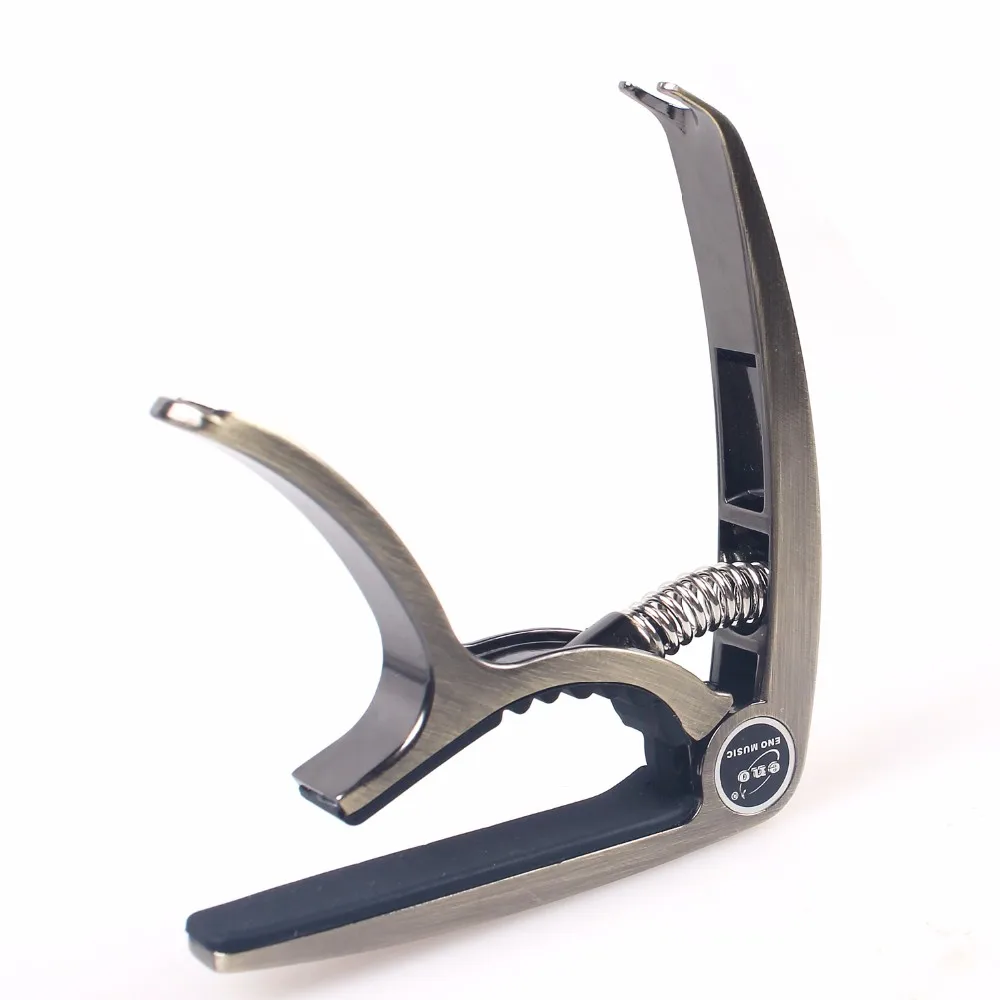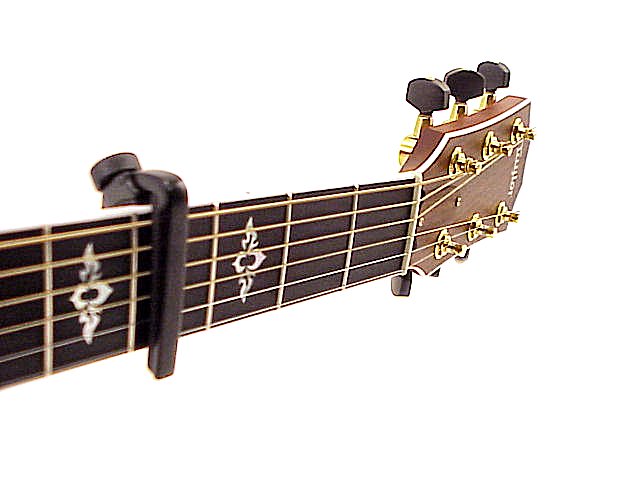

By doing this, the capo can drag or pull on the strings. It’s always important to take care when applying the capo and either picking or strumming the strings once applied to ensure they ring out.Ī very common mistake is releasing the capo’s handle without enough care. It will be very clear when a capo has not been applied correctly as some of the strings will either be completely dulled or twang when picked. It is important to note that it is best applied after a fresh tuning. An improper application could also potentially mark the neck of a guitar. Otherwise, the instrument could sound sharp or out of key. This should be done to avoid any bending of the strings. You want to ensure a smooth and even fit for a uniform position and pressure. It should not be placed on top of the fret or too far back into the fret. The capo should be placed in the fret just behind the fret bar. Simply open it up and move it to the desired fret. The capo can be applied at any point on the fretboard of an instrument. Get personalized feedback on skills that need improvement.Learn any song from scratch & at your OWN pace.This is the first and only AI-based guitar and ukulele learning app that listens to you play and guides you with customized feedback, just like a music teacher would. Since You’re Here… Fast-track your guitar learning journey, with the Ukulele and Guitar Coach App by Roadie Music. They can also be fiddly, and it can be hard to get the right tension. These capos aren’t great as they can easily slip, put sideward pressure on strings and break easily. The cheapest capos have a strap that wraps around the neck of the guitar and is secured into place with a notch. These capos are probably best for precision but aren’t as easy to use as a trigger capo. There are quite a few other types but they are fairly simple to operate such as a screw capo that just needs screwing into place and a Shubb capo that has a lever system you can flick into place. The pressure from the spring will then keep the capo securely in place. You simply open up the capo with the trigger, place it on your guitar and then release your grip. The most popular type is a ‘ trigger capo’ which uses a spring system.

The bar can be fastened to the neck with an elastic or nylon strap, a spring, a screw, or a cam-operated clamp. Most have a rubber-covered bar that is used to hold down the strings.
#Guitar capo how to#
How to apply a CapoĬapos come in different shapes and sizes to fit all the different types of stringed instruments and fretboard curvatures. Unlike the nut, the capo does not have string grooves and instead, presses the strings down onto the fretboard to terminate the vibration. The strings are then secured around the tuning keys.Ī capo could be considered as a movable nut in the sense that it provides termination of vibration. It is a thin strip, usually made of plastic, which contains grooves for each string to be properly placed and guided down the neck. The nut is located where the fretboard meets the headstock. To fully understand how a capo works, it is also important to understand the function of a nut on a guitar. The device was later patented for the first time in 1850 by James Ashborn from Wolcottville, Connecticut.

Capos can also be useful on any other fretted instruments such as mandolins, mandolas, banjos, ukuleles, and bouzoukis.Ĭapos have been around for centuries and their earliest recorded use was in 1640 by Italian musicologist and humanist Giovanni Batista Doni. “Capo” is short for “capodastro” or “capotasto,” and it is a derivative of the Italian term ‘head of the neck’.Ī capo is essentially a small device that clamps onto the neck of a guitar to shorten the length of the strings.Ī guitar is not the only string instrument this device can be used on. One can utter the word in a few different ways.


 0 kommentar(er)
0 kommentar(er)
